Vegan Globetrotter is supported by our audience. When you purchase through one of our links, we may earn a small affiliate commission. As an Amazon Associate I earn from qualifying purchases. Your cost is not affected.
==================
Prebiotics found in Prebiotics foods are a type of dietary fiber that serves as nourishment for the beneficial bacteria living in the human gut. Unlike probiotics, which are live bacteria introduced into the body, prebiotics help stimulate the growth and activity of the advantageous microbes that are already present. These fibers are not digestible by the body, meaning they pass through the digestive system largely unaffected until they reach the colon, where the gut microbiota can utilize them.
Prebiotics Foods: Key to a Healthy Gut
Eating a variety of prebiotic foods is crucial for maintaining a healthy and balanced gut microbiome, which in turn impacts overall health. They are found in many common foods such as chicory root, bananas, and asparagus. These fibers have been associated with benefits including improved digestion, enhanced immune function, and even potentially reduced risk for certain chronic diseases. With their growing popularity, prebiotics are becoming more recognizable as an important component of a healthful diet and are increasingly gaining attention in clinical nutrition as well.

Key Takeaways
- Prebiotics are dietary fibers that fuel beneficial gut bacteria.
- A diet rich in prebiotic foods can support digestive health and immune function.
- The consumption of prebiotics plays a role in clinical nutrition and chronic disease prevention.

Definition and Function
Prebiotics are specific plant fibers that nourish the good bacteria already in the large bowel or colon. While probiotics introduce good bacteria into the gut, prebiotics act as a food source for these bacteria to thrive. This process can lead to beneficial effects on the host’s health, particularly in terms of improving digestion and enhancing the immune system.
Types of Prebiotic Fibers
There are several main types of prebiotic fibers including:
- Inulin: Found in bananas, onions, garlic, and asparagus, inulin is a type of soluble fiber.
- Fructooligosaccharides (FOS): Present in various vegetables and grains, FOS stimulates probiotic growth and strengthens gut flora.
- Galactooligosaccharides (GOS): These fibers are prevalent in legumes and beans and have been shown to improve mineral absorption and gut health.
For a comprehensive understanding of where these fibers are found, refer to Healthline’s list of the 19 Best Prebiotic Foods You Should Eat.
Prebiotics vs Probiotics
Prebiotics and probiotics are complementary to each other but serve different functions. Probiotics are live beneficial bacteria found in certain foods and supplements, while prebiotics serve as the nutrition for these healthy bacteria to multiply and establish a healthy gut microbiota. To grasp the differences more thoroughly, one can explore resources that clarify Probiotics vs. Prebiotics.
Health Benefits of Prebiotics Foods
Prebiotic foods play a crucial role in nurturing a healthy gut microbiome and enhancing overall digestive health. They are known for their capacity to improve gut balance, digestion, and immune function, and may aid in weight management.
Gut Health and Microbiota Balance
Prebiotics are non-digestible fibers that feed beneficial bacteria in the gut. By doing so, they promote a balanced microbiota, which is essential for a healthy intestinal environment. Foods high in prebiotics, like chicory root and garlic, provide necessary nutrients that help these good bacteria flourish.
Improved Digestion
These fibrous compounds not only assist in maintaining gut flora but also play a role in better digestion. Regular consumption of prebiotic-rich foods can lead to enhanced nutrient absorption and may alleviate some digestive disorders. Jerusalem artichokes and leeks are notable for their high prebiotic content, which may improve bowel regularity.
Enhanced Immune Function
A strong immune system is partly dependent on the health of the gut. Prebiotics, by supporting the gut’s bacterial balance, contribute to an improved immune defense. They aid in reducing inflammation and can potentially decrease the incidence of infections and cardiovascular disease. As mentioned by the Cleveland Clinic, the gut microbiota plays a role in enhancing one’s immune system.
Potential Weight Management
There is an association between prebiotic intake and weight management. These fibers can increase feelings of fullness and reduce appetite. Consuming prebiotic foods such as onions might help control weight by managing overeating and promoting a healthier body composition.
Sources of Prebiotic Foods
Prebiotic foods play a critical role in supporting digestive health by fostering beneficial gut bacteria. This section covers the various natural sources rich in prebiotics, categorized by food types.
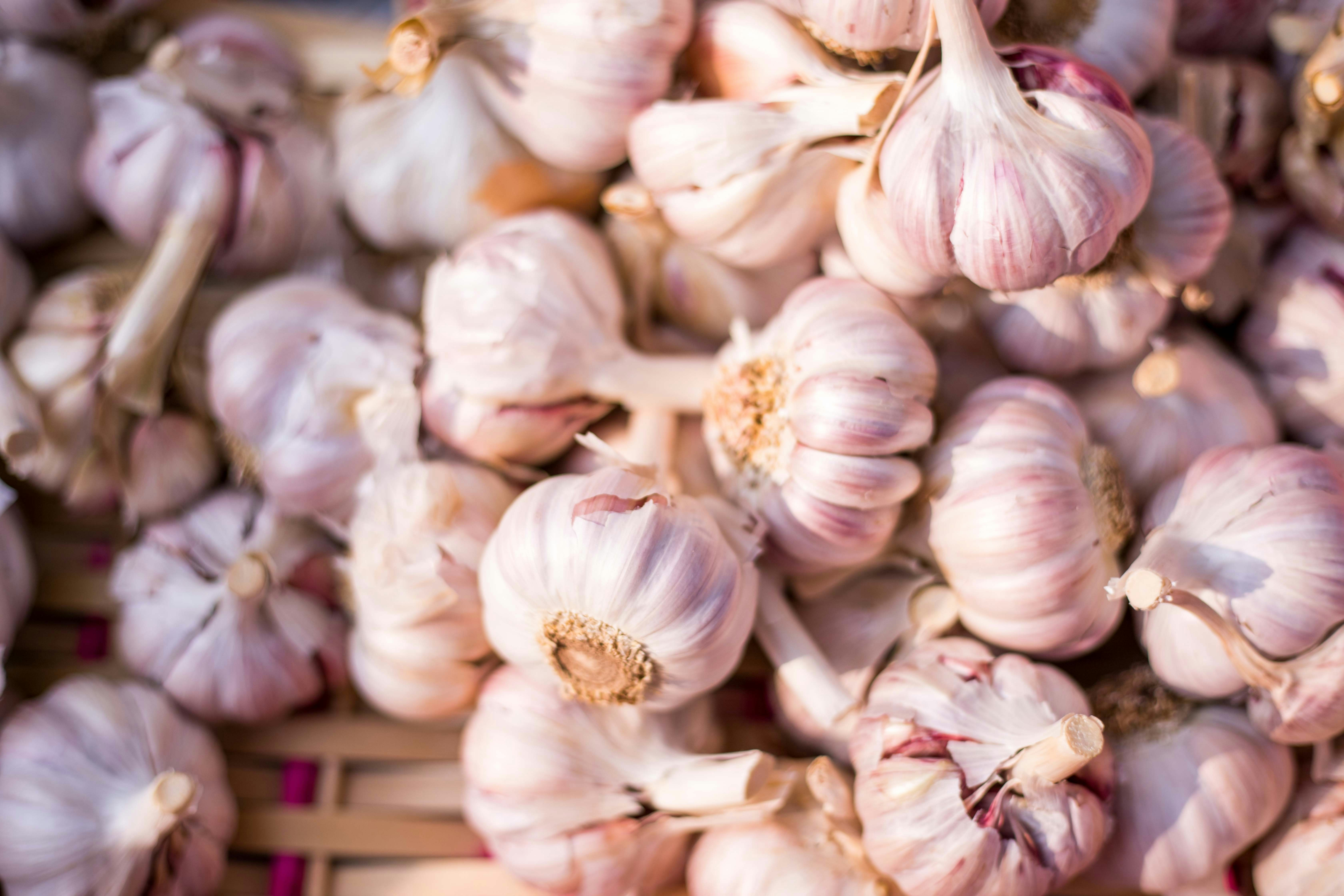
Photo by team voyas on Unsplash
Vegetables
Vegetables are foundational sources of prebiotics, containing fiber that aids in the growth of healthy gut bacteria. Chicory root stands out due to its high inulin content, a type of prebiotic fiber. Learn more about chicory root. Additionally, garlic and leeks also provide significant prebiotic benefits.
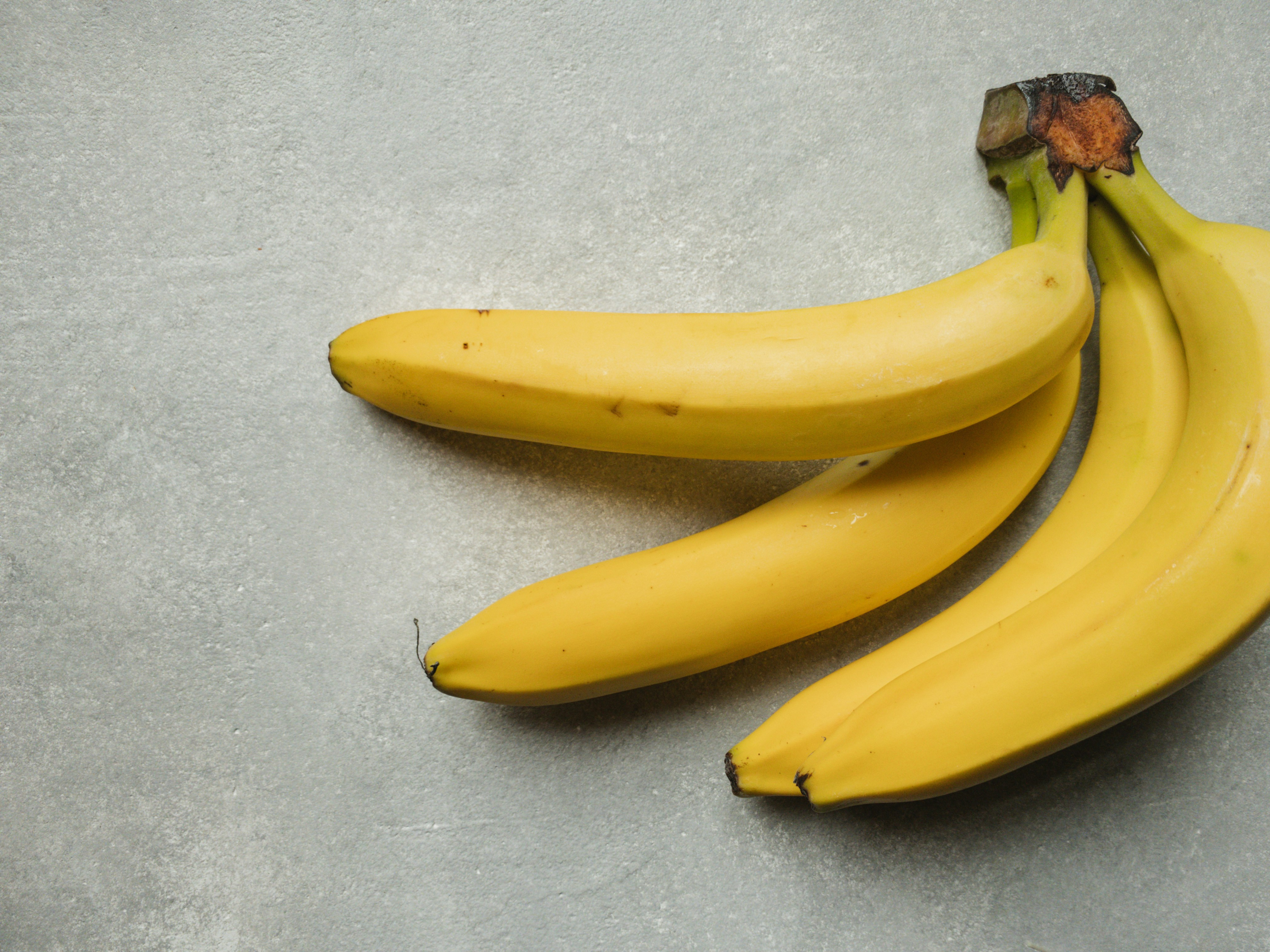
Photo by Anastasia Eremina on Unsplash
Fruits
Among fruits, bananas are particularly noted for their prebiotic fibers, which not only support gut health but also supply essential vitamins and minerals. Fruits such as apples contain pectin, a prebiotic fiber that helps to maintain a healthy gut environment.

Photo by Mockup Graphics on Unsplash
Legumes
Legumes are excellent prebiotic foods, rich in fibers that beneficial bacteria thrive on. Foods like black-eyed peas, also known as cowpeas, are packed with prebiotics, promoting better gut health, and enhancing mineral absorption.
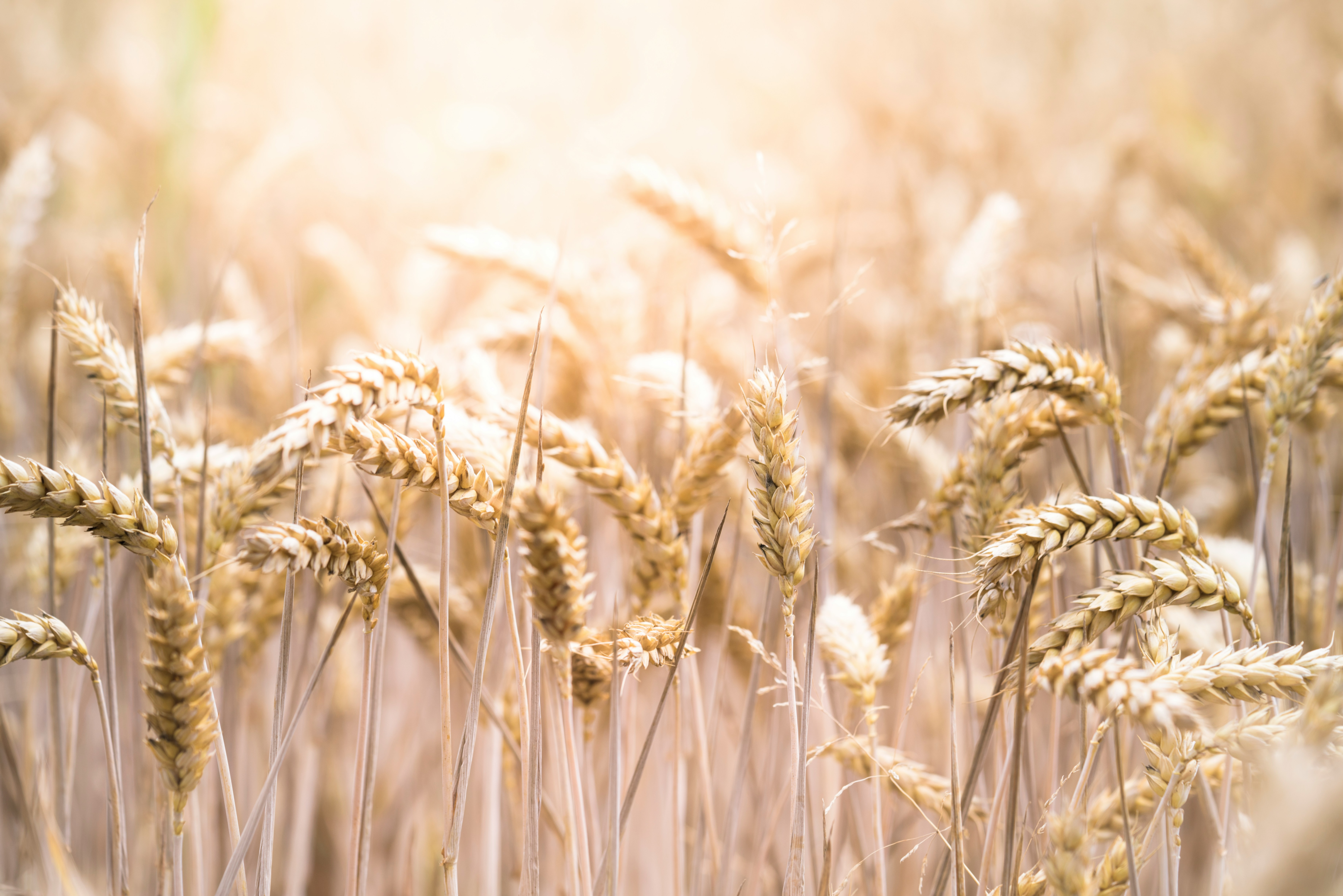
Photo by Evi Radauscher on Unsplash
Whole Grains
Whole grains such as barley and oats are robust sources of beta-glucan, a soluble fiber with prebiotic properties. These grains support the proliferation of probiotics in the digestive tract. The fiber found in Kellogg’s All-Bran cereal is another example, which has been associated with intestinal health benefits more research.
Incorporating Prebiotics into Your Diet
Incorporating prebiotics into one’s diet is essential for nurturing beneficial gut bacteria. Understanding daily intake, choosing between supplements and foods, and having access to prebiotic-rich recipes can optimize gut health.

Daily Recommended Intake
There is no established daily recommended intake for prebiotics; however, a general guideline suggests that healthy adults should aim for at least 5 grams of prebiotics daily. Consuming a variety of prebiotic-rich foods can help individuals meet this target.
Prebiotic Supplements vs Food Sources
While prebiotic supplements are available and can be a convenient source of dietary fiber, many dietitians advocate for obtaining prebiotics from natural food sources. Foods not only offer prebiotics but also deliver a complex array of nutrients beneficial for overall health.
- Advantages of Food Sources:
- Provides a diverse spectrum of prebiotics.
- Includes additional vitamins and minerals.
- Encourages a varied diet, which supports a wider range of gut bacteria.
- Advantages of Supplements:
- Concentrated prebiotic content.
- Easy to consume for those with restrictive diets.
- Beneficial for individuals who struggle to meet their dietary fiber requirements.
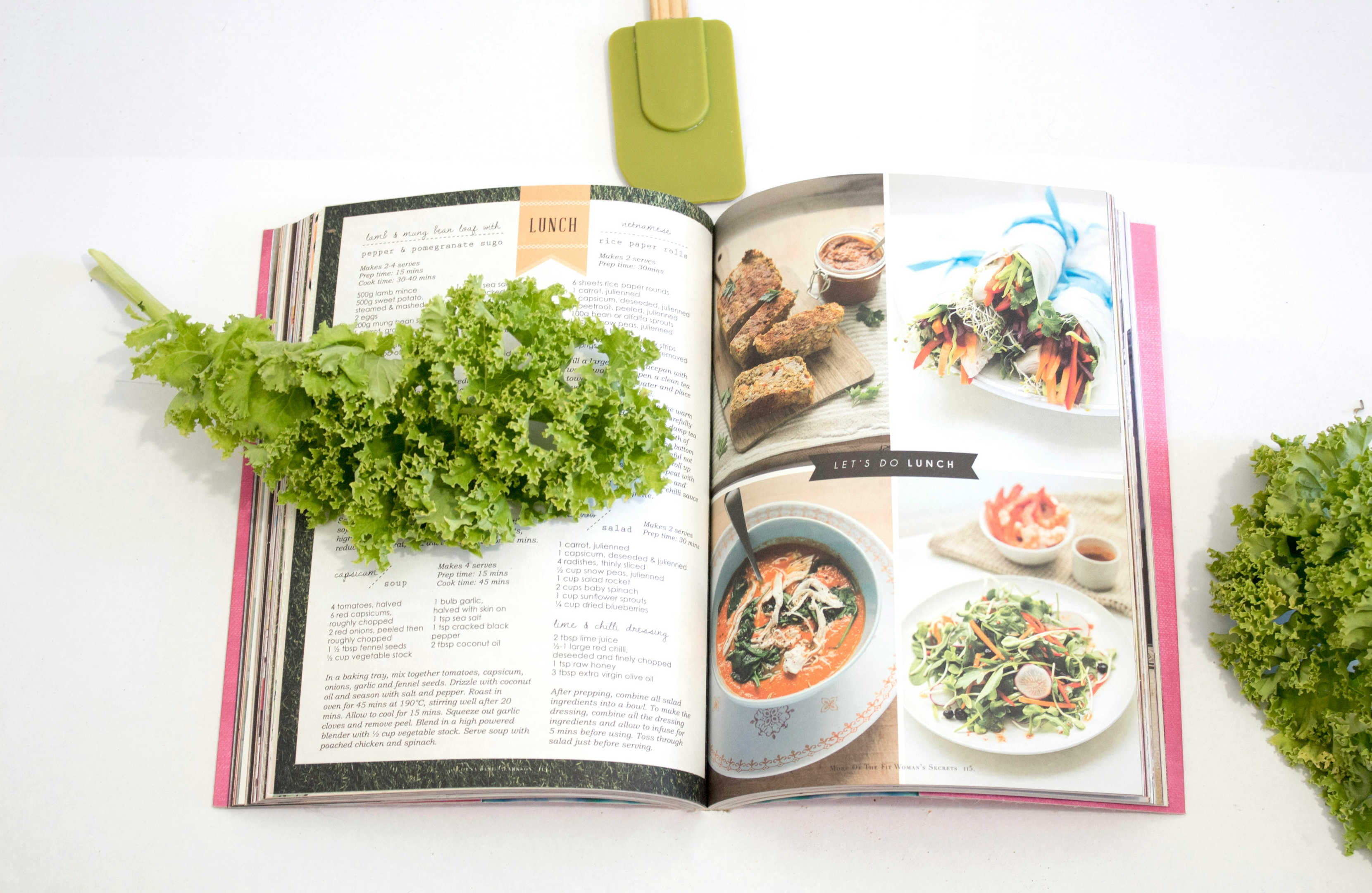
Photo by S O C I A L . C U T on Unsplash
Prebiotic-Rich Recipes
A practical way to introduce more prebiotics into meals is through prebiotic-rich recipes. Here are two quick ideas:
- Chicory Salad:
- Chicory roots, known for their high inulin content, can be tossed in salads.
- Complement with apples, walnuts, and a vinaigrette for a flavorful dish.
- Garlic and Leek Pasta:
- Sauté leeks and garlic to release their fructooligosaccharides.
- Mix with whole-grain pasta and olive oil for a simple yet powerful prebiotic meal.
Prebiotics Foods in Clinical Nutrition
Playing a pivotal role in clinical nutrition, prebiotics serve as a preventive measure against certain diseases and are integral to therapeutic diet regimens.
Disease Prevention
They are recognized for their ability to the gastrointestinal microbiota and foster a healthy gut environment, which is crucial for overall well-being. In particular, the fermentation of prebiotics by gut microbiota yields short-chain fatty acids (SCFAs), such as lactic acid, butyric acid, and propionic acid. These compounds are known to support the gut barrier function and modulate the immune system, potentially reducing the risk of inflammatory bowel disease and colorectal cancer.
- Butyric Acid: Enhances colon health by promoting repair and growth of new tissue.
- Propionic Acid: Influences cholesterol synthesis, potentially impacting heart disease risk.
Role in Therapeutic Diets
In therapeutic diets, prebiotics are included to improve gastrointestinal health and to manage conditions like irritable bowel syndrome or antibiotic-associated diarrhea. They aid by selectively stimulating the growth of beneficial bacteria, such as bifidobacteria and lactobacilli, which can restore the balance of gut microbiota, reduce inflammation, and improve gut function.
- Bifidobacteria: Can reduce intestinal inflammation and enhance the barrier integrity.
- Lactobacilli: Helps in lactose digestion and may prevent pathogen overgrowth.
In summary, prebiotics are crucial components that not only help in disease prevention but also serve significant roles in therapeutic diets to maintain or restore gut health.

Challenges and Considerations
When incorporating prebiotic foods into a diet, it is important to consider not just their benefits but also the potential challenges they may present. This includes understanding possible side effects, how they interact with certain medications, and tailoring prebiotic supplement intake to individual dietary needs.
Possible Side Effects
Prebiotic foods typically support digestive health, but for some individuals, they may cause gastrointestinal discomfort. Symptoms can include bloating, gas, and altered bowel movements, especially if the introduction to prebiotics is abrupt or in high amounts.
Interactions with Medications
Prebiotics can influence the gut microbiota and may therefore affect the absorption and efficacy of certain medications. For example, they might interact with antibiotics or laxatives, altering their intended effects. Individuals on medication must consult a healthcare provider to avoid negative interactions.
Individual Dietary Needs
Every person has unique dietary requirements, which age, health conditions, and lifestyle can influence. Some may benefit from a higher intake of prebiotics, while others might need to moderate their consumption to avoid digestive discomfort. Personalizing prebiotic intake is a key consideration for maintaining an optimal balance within the gut microbiome.
Prebiotics Foods A Definite Must to Anyone’s Diet

In conclusion, prebiotics and prebiotics foods play a vital role in promoting a healthy gut microbiome and overall well-being. These non-digestible fibers, found in various foods like chicory root, bananas, and legumes, serve as nourishment for beneficial bacteria, supporting digestion, and immune function, and potentially reducing the risk of certain diseases. While prebiotics and probiotics complement each other, it is essential to understand their distinct functions. Incorporating prebiotic foods into a balanced diet is a must, as they offer a diverse spectrum of nutrients.
Frequently Asked Questions on Prebiotics Foods
In seeking to optimize digestive health through diet, understanding prebiotic foods is essential. These FAQs delve into the details of prebiotic content and benefits.
Which Foods Are Highest in Prebiotic Content?
Foods like whole grains, bananas, onions, garlic, and soybeans are prebiotics foods rich in prebiotics, supporting beneficial gut bacteria growth.
How Do Prebiotic Foods Differ From Probiotic Foods in Their Effects on Gut Health?
Prebiotic foods serve as fuel to nourish gut bacteria, whereas probiotic foods add more beneficial bacteria to the gut’s microflora.
What Are Some Examples of Prebiotic-Rich Fruits?
Apples, bananas, and berries rank high among fruits that contain beneficial prebiotics, which promote good gut bacteria and wellness.
Can Dogs Benefit From Prebiotic Foods, and if so, Which Ones?
Dogs may experience digestive benefits from prebiotics found in foods like dandelion greens and chicory root, though we always recommend to consult with a veterinarian before making dietary changes.
What Are the Advantages of Taking Prebiotic Supplements Compared to Natural Prebiotic Foods?
Prebiotic supplements might offer a concentrated dose of prebiotics, making it easier to manage intake, but they lack the additional nutrients found in whole, natural foods.
What Are Some Common Prebiotic Foods That Can Help Heal and Maintain a Healthy Gut?
Prebiotic-rich foods such as asparagus, leeks, and chicory root, not only support gut bacteria but also contribute to overall health through their fiber content and essential nutrients.
Follow Our Socials
Discover the awesome world of VeganGlobetrotter!
We’ve got cool stuff on different social media apps. Check out tasty recipes and travel tips on Instagram. Talk about interesting things and make friends on Twitter. Watch fun videos and learn cool stuff on YouTube. Hang out with us on Facebook for a friendly community and cool ideas. It doesn’t matter if you’re new to being vegan or you’ve been doing it for a while.
VeganGlobetrotter’s social media has something for everyone who likes yummy food and cares about the planet. Follow us on all the apps for a super fun and easy way to be vegan! 🌱✈️ #VeganGlobetrotter #YummyVeganLife

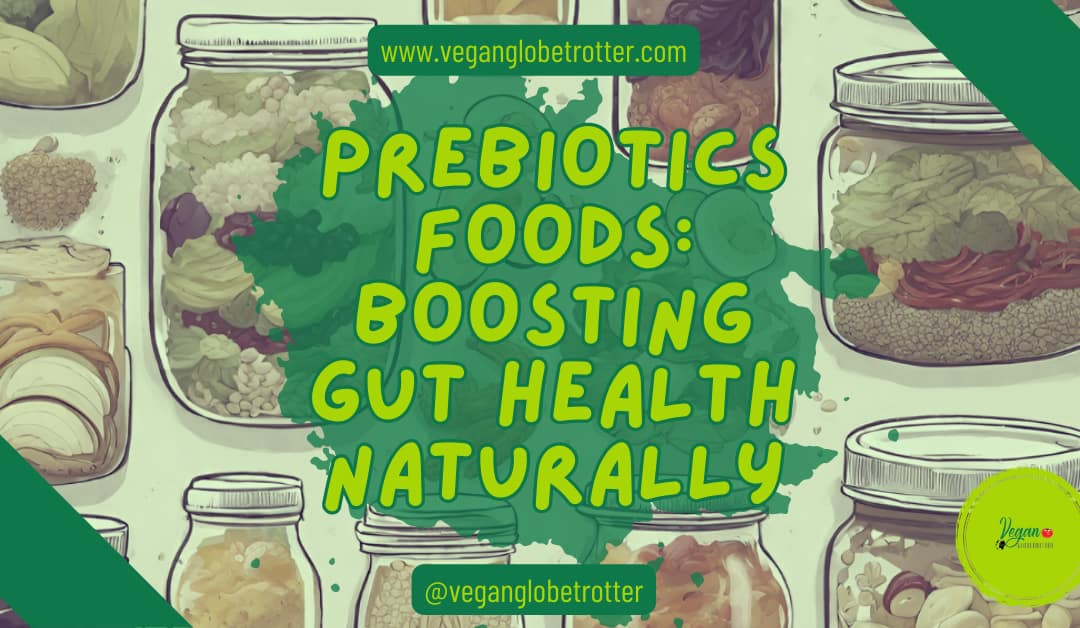



Don't miss out
when new recipes and information are added!
Join our newsletter for free recipes,
healthy living inspiration, and special offers
You have Successfully Subscribed!